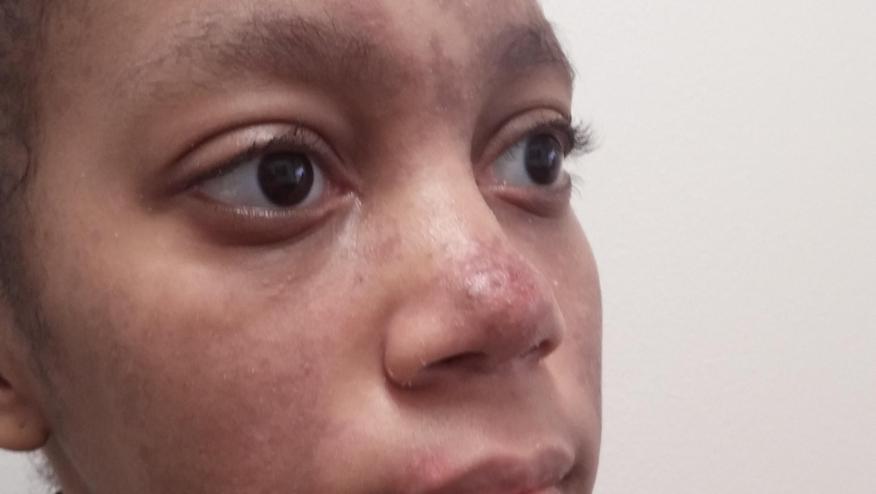Damage in Childhood Lupus Save

Childhood lupus (cSLE) is a rare multisystem disorder with significant associated morbidity, but evidence-based guidelines are sparse, and as such management is often based on clinical expertise. The EULAR/ACR-2019 criteria have shown sensitivity in cSLE patients, which could allow earlier recognition of patients with single or major organ involvement,3but identifying specific predictors in this vulnerable group is vital for preventing long-lasting damage.
The new work, presented at the 2024 EULAR congress, aimed to work out how clinical, demographic, and treatment variables correlate with damage accrual in cSLE. Maria Hanif and colleagues hoped that stratifying patients according to average disease activity levels over the disease course would help them to identify independent predictors of damage – even in children with low disease activity.
To achieve this, data were collected in 430 children taking part in the UK JSLE Cohort Study. Analyses were performed across the entire cohort, as well as in two subgroups based on disease activity: low activity, and moderate-to-high activity.
Over a median follow-up period of 46 months, 23% of children experienced organ damage. Within the entire cohort, multivariable analyses showed that three factors were associated with damage accrual: methylprednisolone exposure, time-adjusted mean Physician’s Global Assessment (PGA) score, and Adjusted Mean SLE Disease Activity Index (AMS) score. When looking only at the moderate-to-high disease activity subgroup, 28.1% experienced damage – but the same three factors were identified as predictors. Within the low disease activity subgroup, 20.5% of children accrued new damage, and again methylprednisolone exposure and time-adjusted mean PGA score were associated with damage accrual, but not AMS score.
This study underscores the role of corticosteroid exposure as a significant and potentially modifiable risk factor in cSLE, and suggests there is a need to review paediatric dosage limits – which typically exceed adult recommendations.4 Additionally, a direct link was found between disease activity and damage, with every 1-unit increase in SLE Disease Activity Index (SLEDAI) raising the risk of damage by 13–15% in those with moderate-to-high activity. This was not observed in patients with an AMS of 4 or less, suggesting that low disease activity – maintained via treat-to-target strategies – could substantially reduce damage risk. These findings highlight the need for updated treatment protocols that limit corticosteroid use whilst still effectively managing disease activity.
Source







If you are a health practitioner, you may Login/Register to comment.
Due to the nature of these comment forums, only health practitioners are allowed to comment at this time.